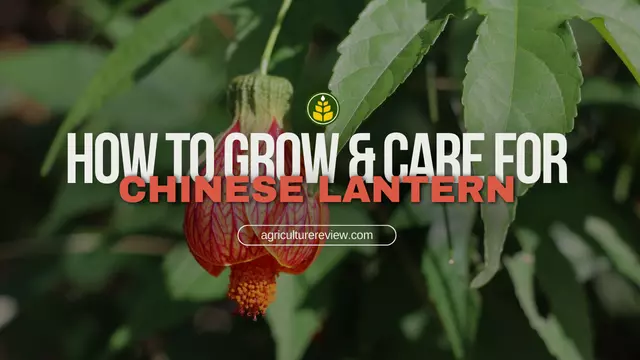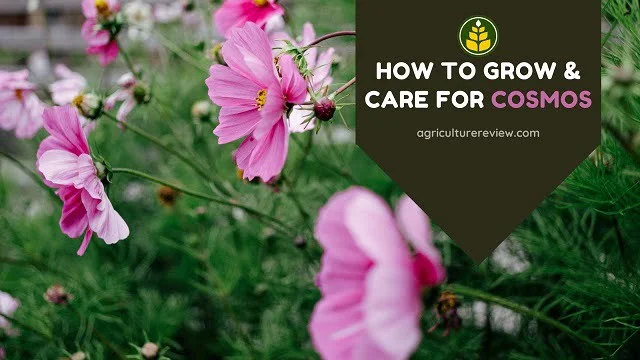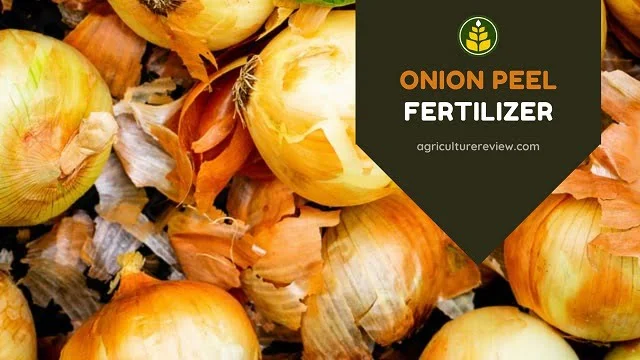If you are interested to know about petunia care guide and learn the complete guide on how to grow petunia in the garden then you are on the right page. In this article, I will guide you to take care of your petunias to get heavy bloom and better results.
So before discussing about petunias, you may want to know about petunias and I don’t want to disappoint your curiosity because just like to improve relationship with someone, we tend to know about that person, the similar case is with plants.
Table of Contents
Introduction
As you can see in the picture that petunias are such an alluring annual flowering plant that loves colder climate as well as hot climate to grow depending on the variety. Petunia is of South American origin and is a genus of 20 species of flowering plants.
The varieties of petunia that we grow in our gardens are mostly hybrids, and are known as Petunia hybrida. This plant can survive harsh climates but cannot withstand frost. But do not get confused with Mexican petunias.
Mexican petunias can only grow in summer season and is a different flowering plant than petunias although flowers looks somewhat similar but there are many differences in the morphology. You can learn about Mexican petunias by clicking on the link given below.
READ MORE: HOW TO GROW & CARE FOR MEXICAN PETUNIA
A single plant can grow up to 6 to 14 inches in height and can spread up to 16 inches to near about 4 feet. It is a heavy blooming multi variety flowering plant that will really add value to your life and your garden.
If you want to decorate your house with hanging pots, or want to cover your garden with colourful flowering plant then petunias are one of the best choice for you to grow as they are also easy to care for plants.
Petunias can be divided into five categories, mainly depending on the flowering size.
- Multiflora: They produce lots of small flowers, last longer than any other variety, and are suitable to be grown in hot climate, they can also tolerate wet conditions, hence this variety of petunia is a good choice for tropical regions.
- Grandiflora: This variety of petunia do not loves hot and humid climate but can be grown during colder season but cannot survive frost. They have very large flowers, and if you are planning to grow in hanging pots then this one is the best choice.
- Floribunda: Well, I can say that this variety is the average of multiflora and grandiflora, in size, flowering numbers as well as growing season. This means that it can grow in mild climatic conditions.
- Milliflora: This variety of petunia is the smallest flowering variety but flowers are produced in large numbers and can last all seasons.
- Spreading or Trailing: This variety does not grow much higher but can spread up to 4 feet on the ground, and the branches are filled with beautiful flowers, they are also suitable to be grown in hanging pot.
How to grow petunia?
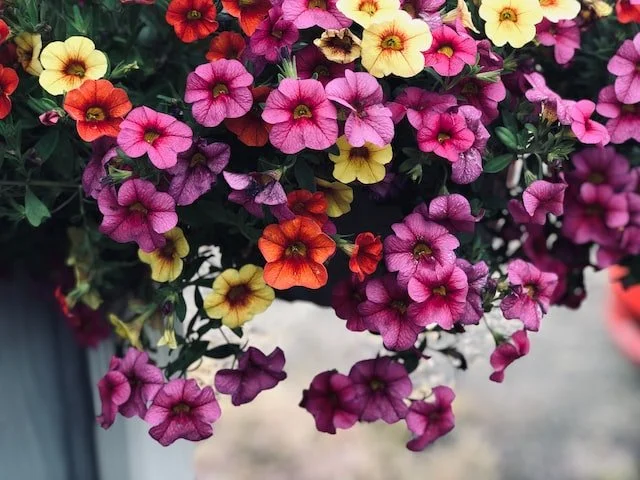
To grow petunia, you will need to be aware about few things to make your plant more bushier and healthy. Many people who don’t know much about plants, do this simple mistake of treating every plant equally.
And guess what this ultimately result in failure! But you are the member and active reader of Agriculture Review and I want each one of you to follow these important steps to grow your petunias in your garden efficiently.
Let’s now learn the basic and important steps to grow petunias in the garden.
Growing Season
Petunias can be grown in both hot and colder climate depending on the variety you select and the temperature of your region. You can grow Grandiflora variety during winters in India, i.e. in tropical and subtropical countries you can grow this variety in winters.
Multiflora variety is suitable to be grown in summer season i.e. in hot climate. If you are still confused then the best solution is to look for sowing time and growing season on the seed package that you will purchase from the market.
Even if you are purchasing your plant from the nearest plant nursery then it will definitely grow in your region as it is growing in the common environment in the nursery.
Just like pansy, you can germinate them from seeds during early spring or fall, or late summer depending on the variety. Just like petunias, pansy is also a wonderful flowering plant for your garden, if you missed the article on growing pansy then check out the link given below.
READ MORE: HOW TO GROW GARDENIA
Potting Mix
Well if you ask why potting mix is necessary then I will reply that why protein rich diet is required to get heavy and strong muscles. It is just simple that plant requires native environment to grow properly and to fulfil that requirement we prepare perfect potting mix.
For germinating petunias from seeds, prepare germination potting mix with 60% vermicompost + 30% river sand + 10% cocopeat.
Petunias love moist, humus rich, and well drained soil to grow properly. For growing petunias from transplanting, prepare potting mix with 40% normal garden soil + 30% any organic compost like vermicompost + 20% river sand + 10% cocopeat.
Along with this add a handful of neem cake fertilizer or you can add fungicide in the growing potting mix.
If you have sandy loam soil then you do not need to add river sand in the potting mix for growing petunias, instead you can add soil and compost in the equal ratio.
Selection of Pot
You can select pot of various sizes that are also not much deep to grow petunias. In a pot of 6 to 8 inch in size you can plant one petunia. They spread very fast in the pot. You can take earthen, cemented, or plastic pots.
Gardeners love to grow this alluring flowering plant in hanging pots. If you want to see and know about different hanging pots for your garden then check out the link given below.
READ MORE: HOW TO GROW BIRD OF PARADISE
Just make sure that your growing pot has at least three to four drainage holes at the bottom. Water logging in the pot can cause root rot disease and can damage your plant.
If you are looking for balcony hanging planters for petunias then check out this product: Balcony Railing Planter

Propagation
It is considered better to grow this plant by purchasing small seedlings from the nearest plant nursery and then transplanting them in the growing pot but if you are interested to grow them from seeds then you can follow these steps.
- Purchase high quality, disease resistant seeds that are perfect to be grown in your region. Do not forget to check sowing time and the growing season.
- Fill the container in which you want to germinate seeds with germinating potting mix for petunia. Leave some space at the top for watering, do check for drainage holes to facilitate excess water out of the container.
- Moist the potting soil a little before sowing the seeds. Broadcast the seeds in the germination container and apply water in the pot gently. Do not over water.
- You can cover this container with white transparent plastic and place the container in semi shade region after sowing. Keep checking regularly for soil moisture. If top layer of soil seems dry then apply a very little amount of water just enough to moist the soil.
Within 10 days you will notice new seedlings coming out of the seeds. At this time you can remove the plastic covering and place the container in the region where it can receive direct sunlight.
Transplantation
Once your seedlings reach 4 to 5 leaf stage then you can transplant them in the growing pots. Fill the pots with growing potting and make sure that the drainage holes doesn’t get blocked.
With the help of garden tool like trovel, dig a small hole in the centre of the pot enough to have roots of the seedings in them. Carefully take out seedlings from the germination container and plant them in the growing pot.
Water gently in the pot after transplanting and place the pot in semi shade for 5 days so that transplanted plant gets well established in the pot. After 5 days place the pot under direct sunlight.
Petunia Care Guide
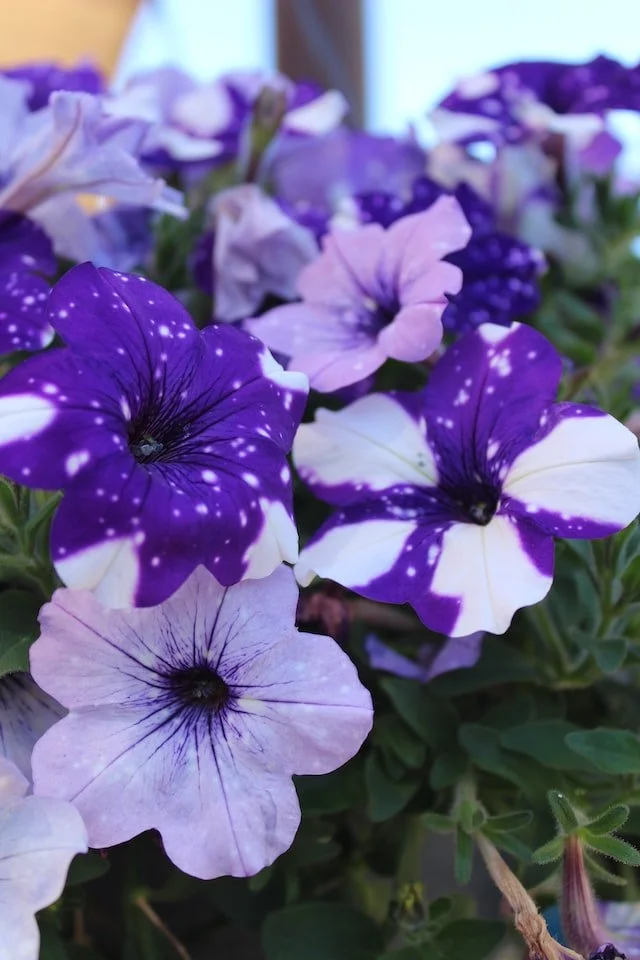
There are few common points such as sunlight, watering, fertilizers, pest and diseases that you need to take care about for getting good response from your plants. Just follow these points if you are already growing petunias in your garden to get heavy bloom.
Sunlight
Although petunias can grow in partial shade sunlight but it will perform better under direct bright sunlight. Place your pot in region that receives at least 5 to 6 hours of daily sunlight. Good amount of sunlight promotes blooming in the plant.
If the temperature is too hot outside and the leaves are drying then move your pot in semi shade region during afternoon.
Watering
This alluring flowering plant loves moist soil to grow but this doesn’t mean to overwater in your pot. Keep checking your soil regularly and whenever it seems dry then apply water gently during early morning or in the evenings.
Watering should be such that only a little amount of water should come out of the drainage holes.
Fertilizer
For growing petunia, I will suggest you for not using nitrogen rich fertilizer. Never use fertilizers that are rich in nitrogen for growing this plant. You should also grow this plant in organic way.
For this, one to two week after establishment of the plant in the new pot start feeding with one to two handful of any bulky organic compost like vermicompost. Along with this you can also add one tea spoon bone meal fertilizers in the pot once in every month.
Now a day best alternative for organic fertilizer is there in the market, i.e. waste decomposer, it is cheap as well as beneficial, if you want to learn more about this then check out the link given below.
READ MORE: WASTE DECOMPOSER: BIO FERTILIZER AND PESTICIDE!
Pest & Disease
If you water your plants very carefully such that water droplets do not fall on foliar parts then there are very less chance of any disease infestation. Although, aphids, slugs and snails can damage your plant.
To control snails and slugs, you can spray salt water solution on them directly, do not let this solution fall on your plant parts. To learn on how to control aphids, you can visit the link given below.
READ MORE: LEARN HOW TO CONTROL APHIDS
One more important point, if you want to grow your plant bushier then remove flowers in the early stage, in general always keep removing dead flowers from the plant.
I hope you must have been benefited from the article, if you have further queries on how to grow petunia or about petunia care then you can comment your queries below. You can also connect with me on my Facebook page Agriculture Review.
FAQ
How long does it takes petunias to bloom?
Petunias take near about 90 to 100 days to start blooming after germination, depending on the variety you grow. But once they start blooming then they keep blooming for longer duration.
How long does it take to grow petunias from seeds?
After sowing of seeds petunias can take 7 to 10 days for germination. In some cases it can take even longer if the seed quality or environmental conditions are not appropriate.
Where do night sky petunia grow?
Night sky petunia is considered one of the most beautiful petunia in the world that grows naturally in South America, but you can also add them in your home garden in hanging pots.
When do you transplant petunia seedlings?
After germination, when your seedlings reaches 4 to 5 true leaf stage then you can start transplanting your petunia plant.
How do I get more flower on my petunia?
To get heavy bloom stop using nitrogen rich fertilizers, instead use fertilizers that are rich in phosphorus and potassium. I will suggest you to select only organic fertilizers for petunias. You also need to take care of all other factors that are mentioned in this article.

